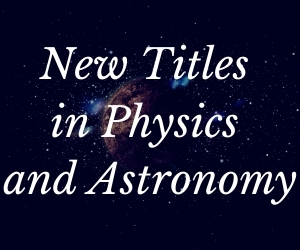System Upgrade on Tue, May 28th, 2024 at 2am (EDT)
Existing users will be able to log into the site and access content. However, E-commerce and registration of new users may not be available for up to 12 hours.For online purchase, please visit us again. Contact us at customercare@wspc.com for any enquiries.
It is now nearly a century since special relativity reconciled seventeenth century dynamics and nineteenth century electromagnetism, yet physics students are almost invariably introduced to the subject as “MODERN PHYSICS” — and something of a mystery.
This book, instead, treats special relativity as a useful branch of physics rather than as an astounding novelty. The emphasis is on its dynamical consequences, its effect on quantum mechanics (with all that this implies for chemistry and biology), the new insights that it provides in electromagnetism and its utility in problems such as calculating radiation from fast-moving charged particles. To avoid giving the impression that relativity somehow eliminates the distinction between time and space, 4-vector notation is not used until the latter part of the book.
Since all the consequences of relativity arise from the Lorentz transformation, more than usual care is taken to show how it arises from simple notions about the uniformity of space and time, and the absence of any universal reference system at absolute rest. Recent studies in dynamics stress the critical difference between linearity and nonlinearity and so there is a proof that the transformation must be linear, something ignored by almost every other book on the subject.
Sample Chapter(s)
Chapter 1: Introduction (349 KB)
Chapter 2: The Lorentz Transformation (666 KB)
Contents:
- Introduction
- The Lorentz Transformation
- Kinematic and Optical Effects
- Classical Dynamics
- Relativistic Dynamics I
- Relativistic Dynamics II
- 4–Vectors
- Classical Electromagnetism
- Electromagnetism and Relativity
- Relativistic Dynamics III
- The Principle of Least Action
Readership: Graduate and undergraduate students in general physics.
























